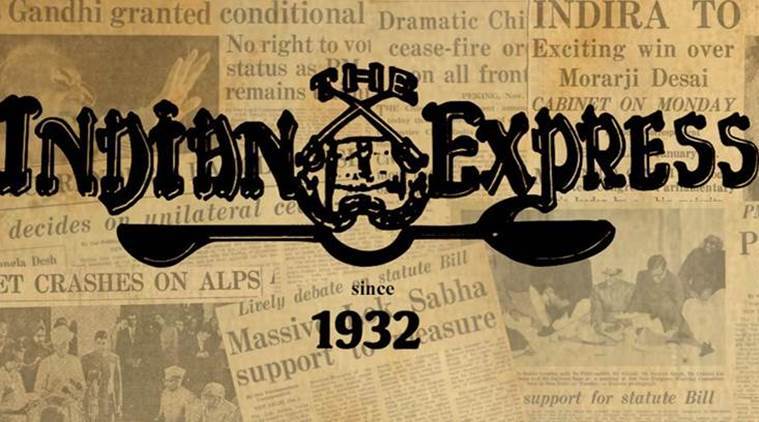 In the Valley, stones vs pellets had become a potent narrative of the helpless Kashmiri taking on the might of the Indian armed forces with a pebble or a rock, not caring about getting shot back with lethal pellet guns.
In the Valley, stones vs pellets had become a potent narrative of the helpless Kashmiri taking on the might of the Indian armed forces with a pebble or a rock, not caring about getting shot back with lethal pellet guns.
A child was critically injured in an incident of stone-pelting on a school bus in Shopian, and Kashmir is rightly angry and horrified. The incident, which has left the child with a fracture on the skull, has unified mainstream parties and separatists, a rare occurrence, in unequivocal condemnation of the act of targeting a school bus, even though none has questioned the act of stone-pelting itself. There may even be some unstated guilt and shame that this happened. But underneath what politicians say or even signal in public, there certainly must be disquiet about the limits of stone-pelting as a form of protest.
In the Valley, stones vs pellets had become a potent narrative of the helpless Kashmiri taking on the might of the Indian armed forces with a pebble or a rock, not caring about getting shot back with lethal pellet guns. The injuries had themselves become symbols, powerfully depicting an unequal battle. But the Shopian incident is a sign that stone-throwing has gone from being a protest against power to a weapon against the powerless.
Some tourists too were injured in stone-pelting days before. On Wednesday morning, the stone pelters were chucking stones at vehicles defying the shut down in Shopian against the previous day’s killings of a civilian and militants in the same district. However, schools had decided to remain open, and stones were rained on the bus as it was ferrying students to their classes.
The unprecedented attack on the school bus has provided ammunition to those opposing the recent amnesty that the state government announced in January to those against whom cases have been registered for stone-pelting. The scheme covered some 4,600 individuals, and covered incidents of stone-throwing from 2008 to 2014. The government has initiated the process of dropping the charges. It must not succumb to pressure from any quarter for withdrawing this amnesty, which is the first politically constructive step in Kashmir over all these years. Instead, this moment of horror with stone throwing could become the stage for a broad-based dialogue in Kashmir.
Only dialogue can stop the cycles of violence that have become a regular occurrence in Kashmir. Too many young people are now getting caught in the vortex of violence, whether that is a militant caught in an encounter, a stone thrower attacking a school bus, the student in that bus, or the protester hit by pellets or bullets.
If the bloodletting continues, there is a real danger of arriving at a point where violence is normalised, and even the act of hurting a schoolchild will be justified. That risks sending Kashmir back in time. It must be prevented, and it is the Centre that has to prevent it.